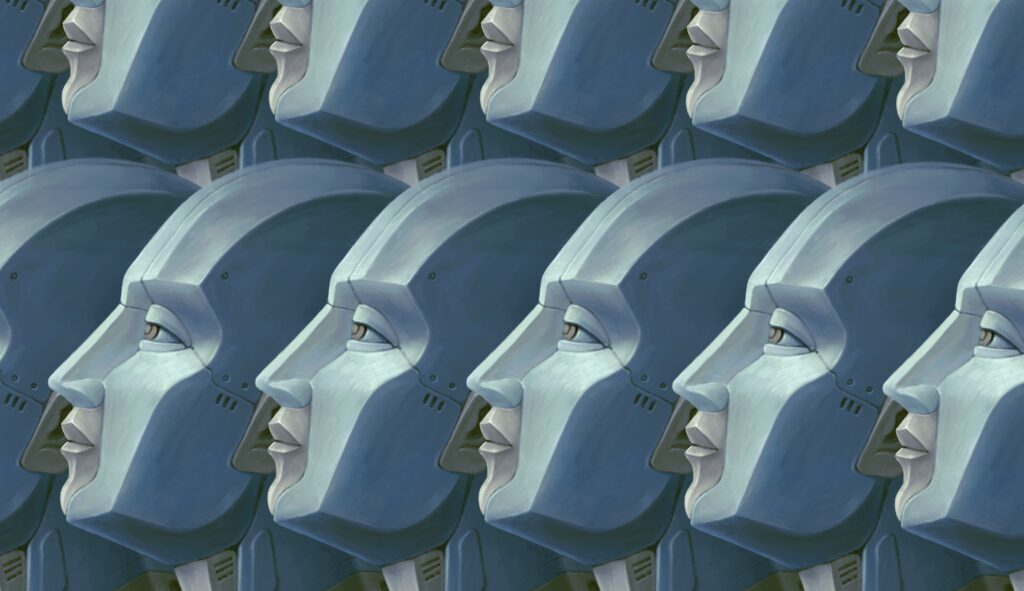The world of HR is constantly evolving, and with each new development, HR professionals must be equipped with the latest tools to help them stay ahead of the curve.
For years, I’ve been writing and talking at conferences about the implications of artificial intelligence (AI) for the HR profession. The emergence of AI-powered chatbots like ChatGPT may just be one of the most exciting advancements in recent years, and HR professionals are now starting to realise their full potential in the workplace.
Meet ChatGPT
If you don’t know what ChatGPT is, it’s essentially a chatbot; a computer program designed to communicate with users in natural language, either through text or voice. It can be integrated into messaging apps, websites, or mobile apps, and provide users with instant, automated responses to their inquiries.
For HR, chatbots like ChatGPT can be used for a wide range of purposes, from answering employee questions and resolving HR-related issues, to automating HR processes and tasks.
This means that HR professionals can focus their time and energy on more complex, high-level tasks, like strategy, rather than being bogged down by routine admin and employee queries.
One of the biggest benefits of chatbots for HR is that they can help reduce response times for employee enquiries. With chatbots, employees can get quick answers to their questions 24/7, regardless of time zones or office hours.
This not only saves HR professionals time, but also helps to improve employee engagement and satisfaction by providing them with quick and effective solutions to their HR-related problems.
It’s a revolution
Another key benefit of chatbots for HR is that they can help automate HR processes. For example, they can be used to help employees with self-onboarding, manage employee benefits and leave requests, or even facilitate employee feedback and surveys.
This not only makes HR processes more efficient, but also helps to reduce HR costs, as many of these tasks can be done without the need for manual human intervention.
Finally, chatbots can also be used to help HR professionals with data analysis and reporting. By integrating chatbots with HR systems, HR professionals can access real-time data and insights, such as employee turnover rates, absence rates and more. This information can then be used to inform HR strategies, help improve employee engagement and drive business success.
The world of HR is rapidly changing, and the emergence of AI-powered chatbots is an exciting development. ChatGPT has the potential to revolutionise the way HR is run. For HR professionals looking to stay ahead of the curve, embracing the power of AI with chatbots is probably going to become quite essential.
For HR professionals looking to stay ahead of the curve, embracing the power of AI with chatbots is probably going to become quite essential.
Streamlining complex workforces
If you aren’t quite convinced yet, then know that what you just read was written by ChatGPT. I simply asked it to ‘Write a blog post on how HR can use ChatGPT in the style of Gethin Nadin’ and a few seconds later I had this article.
As a fairly prolific writer of HR issues, there is no doubt a lot of content online that ChatGPT can dip into. While it didn’t quite capture my tone that well, it’s only a matter of time before its ability to replicate my voice becomes even scarier.
While I’m not concerned about AI being able to take over my job as an author and writer, I do think the implications for HR in other ways like employee support is quite compelling.
Lengthy policies, handbooks and procedures can be fed into a chatbot that will surface the correct answer within seconds, especially for complex workforces that require different rules or eligibility, or employers whose policies differ from one region to another.
Interested in this topic? Read ‘Is the Metaverse the future of work?’












2 Responses
With the growing
With the growing technological landscape constantly advancing and improving, the workforce must embrace these changes and adapt to these changes. The first time I heard about ChatGPT was on the popular mobile app known as Tik Tok, where users made videos about using the AI to write papers and essays that they didn’t want to complete traditionally. Although this is very impressive, I knew that ChatGPT was capable of much more than writing papers. According to the article above, the AI software can be used for a number of different tasks such as self-onboarding and managing employee benefits. Tasks such as these can take up some valuable time for HR professionals, so utilizing programs such as ChatGPT can truly make an impact in the long run. Many people say that AI will take over many jobs in the future, but I just find that hard to believe. I feel like AI will be capable to to achieve some of the repetitive tasks mentioned in the article, but some tasks and objectives are simply too complex for AI to independently achieve. Organizations will need to learn how to use AI like ChatGPT in collaboration with their normal work processes to truly see the effects of the advanced technology.
To be honest, I think the AI
To be honest, I think the AI revolution has already begun!
The real innovation will come not just from asking ChatGPT to write articles – but by using the full power of AI to reduce effort and increase quality of all HR related tasks, across the whole organisation.
An example of this is how companies are leveraging AI and other modern technology to perform HR appraisals.
This has the potential to save weeks of valuable time for execs and senior managers. But also helps improve accuracy of the HR appraisals by leveraging the (AI) expertise which is a) self-learning on the organisations specific context and b) based on pretty much the entirety of all human knowledge!
The key point being that the best innovation and solutions will come when the humans and the machines work together!